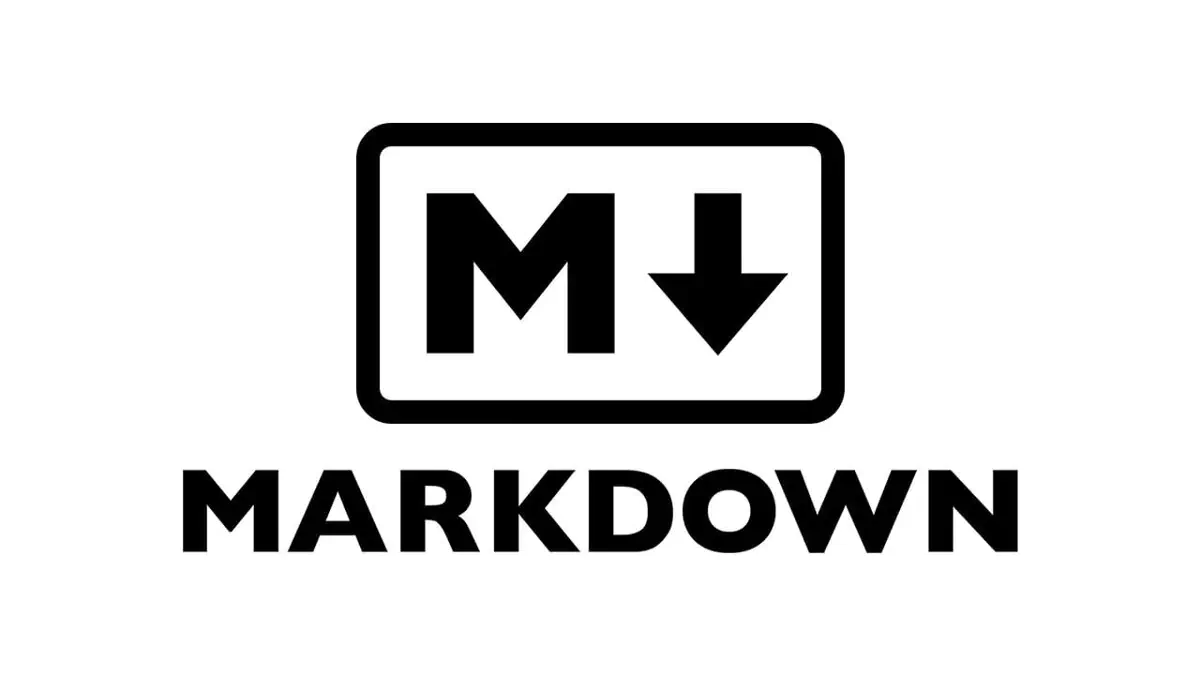Markdown. Lightweight markup language
This post will provides you with the information about lightweight markup language MarkDown.
 Image credit
Image credit
History
In 2002 Aaron Swartz created atx, “the true structured text format”. Swartz and Gruber then worked together to create the Markdown language in 2004, with the goal of enabling people “to write using an easy-to-read and easy-to-write plain text format, optionally convert it to structurally valid XHTML (or HTML)”.
Its key design goal was readability, that the language be readable as-is, without looking like it has been marked up with tags or formatting instructions, unlike text formatted with a markup language, such as Rich Text Format (RTF) or HTML, which have obvious tags and formatting instructions. To this end, its main inspiration is the existing conventions for marking up plain text in email, though it also draws from earlier markup languages, notably setext, Textile, and reStructuredText.
Gruber wrote a Perl script, Markdown.pl, which converts marked-up text input to valid, well-formed XHTML or HTML and replaces angle brackets (<, >) and ampersands (&) with their corresponding character entity references. It can take the role of a standalone script, a plugin for Blosxom or a Movable Type, or of a text filter for BBEdit.
Variants
-
GitHub Flavored Markdown GitHub had been using its own variant of Markdown since as early as 2009, adding support for additional formatting such as tables and nesting block content inside list elements, as well as GitHub-specific features such as auto-linking references to commits, issues, usernames, etc. In 2017, GitHub released a formal specification of its GitHub Flavored Markdown (GFM) that is based on CommonMark. It is a strict superset of CommonMark, following its specification exactly except for tables, strikethrough, autolinks and task lists, which GFM adds as extensions. GitHub also changed the parser used on their sites accordingly, which required that some documents be changed. For instance, GFM now requires that the hash symbol that creates a heading be separated from the heading text by a space character.
-
Markdown Extra Markdown Extra is a lightweight markup language based on Markdown implemented in PHP (originally), Python and Ruby. It adds features not available with plain Markdown syntax. Markdown Extra is supported in some content management systems such as, for example, Drupal and TYPO3.
-
LiaScript LiaScript is a Markdown dialect that was designed to create interactive educational content.
